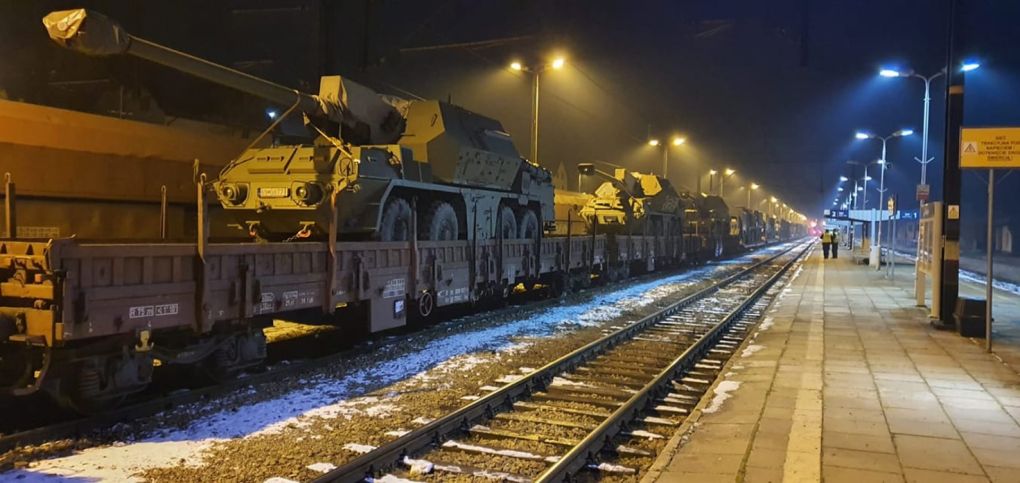
NATO and the EU should now engage “at the highest levels” to push forward military mobility (MM) in Europe to deter threats, the Center for European Policy Analysis (CEPA) in Washington, DC, argues in a new report.

A CEPA report calls on NATO and the EU to co-operate “at the highest levels” on MM. (Slovakian MoD)
Pointing to civil-military infrastructure standards and the need to resurrect national territorial commands as among the priorities for MM, the report says NATO-EU engagement “is both an urgent military requirement and a political necessity”.
A year in the making, the 72-page report, 'Moving Mountains for Europe’s Defence', was released and reviewed during a virtual forum by its authors and guest speakers on 3 March. The document’s analysis included two months of interviews with more than 100 stakeholders spanning NATO and the EU’s security communities to test five mobility scenarios across Europe.
“Deterrence only works if you can prove you can react on short notice,” General Jörg Vollmer, commander, Allied Joint Force Command Brunssum, told the CEPA debate. He said dual-use infrastructure standards must be a priority to enable military mobility. “We need standardisation as much for civil projects that fulfill military requirements as for the latter themselves.”
Julian Lindley-French, chairman of The Alphen Group and one the report’s three co-authors, agreed. “Europe’s defence and deterrence will stand on military mobility and, to the largest extent, civil-military co-operation,” he said.
The report’s two other authors are Heinrich Brauss, former NATO Assistant Secretary General for Defence Policy and Planning, and General Ben Hodges (rtd), CEPA’s head of strategic studies and formerly commander of US Army Europe.
Looking to read the full article?
Gain unlimited access to Janes news and more...


